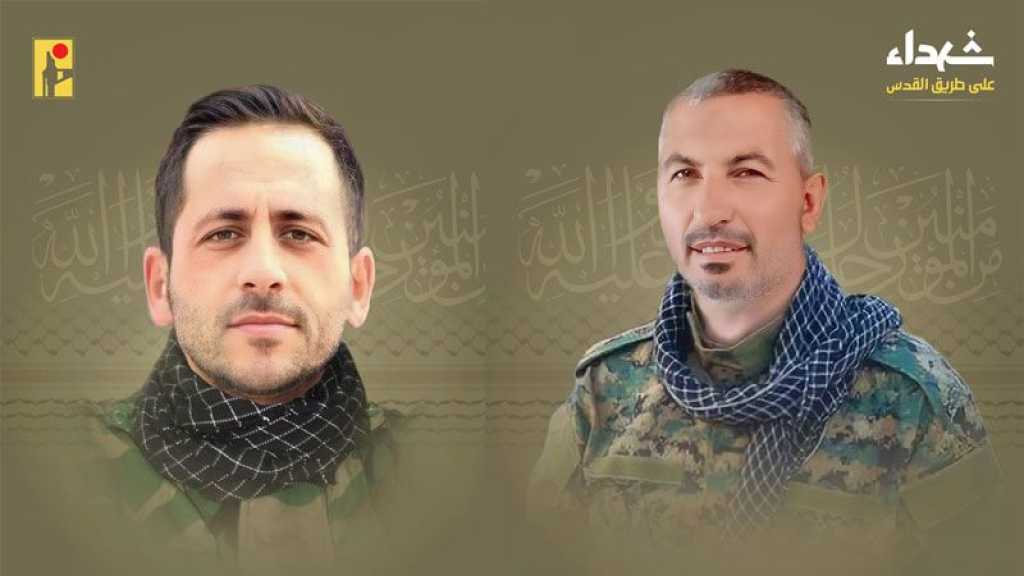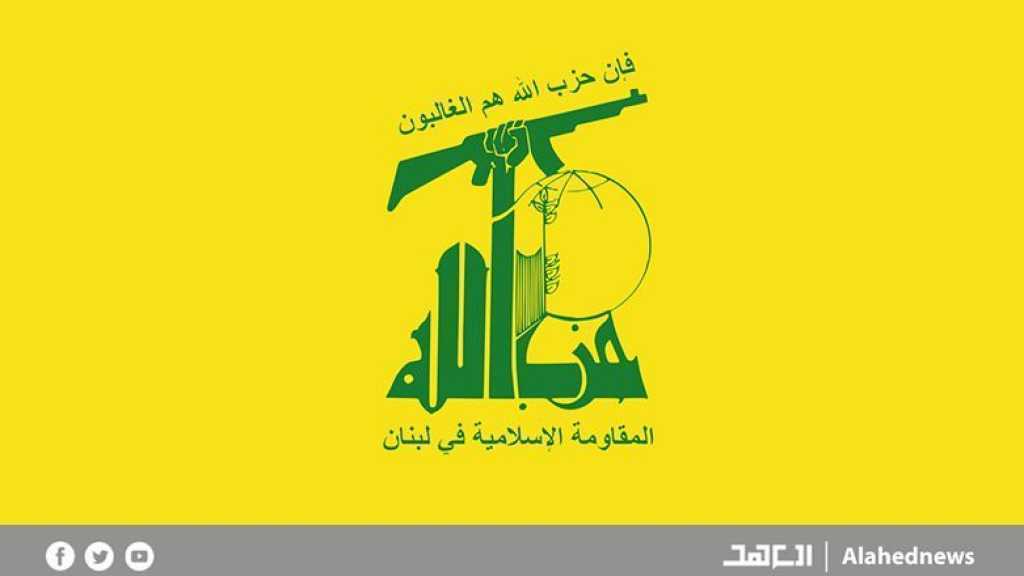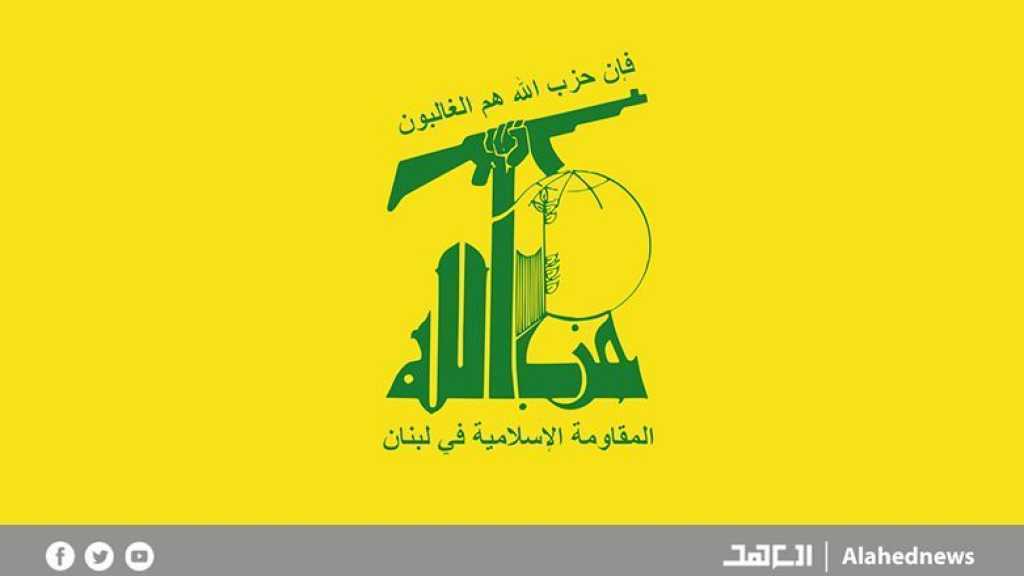
The Beirut Dilemma: How to divide Beirut to Bring Lebanese together

Source: Al Manar TV, 20-05-2008
The opposition and the ruling bloc have not yet reached an agreement in the Qatari capital, five days after the launch of national dialogue in Doha. The ruling bloc, which has been monopolizing power since more than two and a half years, has so far rejected every opposition proposal pertaining to the electoral law. They (ruling bloc) want a law that secures them the needed seats to form a parliamentary majority in the aftermath of next year's elections.
For them, the main problem is Beirut and how this Arab capital should be divided to fit their ambitions.
On Monday alone, the ruling bloc rejected at least six formulas proposed by the opposition to divide Beirut into constituencies.
From the provinces formula, to the 1960 electoral law, to the Suleiman Franjieh formula which martyr Rafik Hariri agreed on in 2005, to the formula proposed by the National Committee of electoral laws headed by former minister Fuad Butros, they were all rejected by the ruling bloc because they don't secure the current parliamentary majority another majority in 2009.
At dawn on Thursday, MP Michel Murr proposed a new formula for the electoral law:
- The first electoral district (250 thousand eligible voters) comprises Mazraa, Msaytbeh, Zqaq el-Blat, Ein el Mrayseh, Mina el Hosn, Ras Beirut and Marfa' (Port). The 10 seats are distributed as follows: 5 Sunni, 1 Shiite, 1 Orthodox, 1 Druz, 1 Minorities and 1 Evangelical.
- The second electoral district (110 thousand eligible voters) comprises Bashoura, Medawwar and Saifi. The 5 seats are distributed as follows: 3 Armenians, 1 Shiite and 1 Sunni.
- The third electoral district (80 thousand eligible voters) comprises Ashrafiyeh and Rmeil. The 4 seats are distributed as follows: 1 Orthodox, 1 Maronite, 1 Catholic and 1 Armenian.
The opposition swiftly agreed on the proposed formula, but the ruling bloc expressed reservation pending further deliberation since Murr's formula (particularly the second electoral district) does not secure their majority in parliament.
This was the most recent concession made by the opposition to the ruling bloc to end the crisis, but in vain.
The head of the Change and Reform parliamentary bloc MP General Michel Aoun said that "this is not about electoral districts or seats, in fact it is a matter of mind, practice and approach. Do they want to monopolize power or do they want real partnership and the establishment of coexistence?" Aoun wondered.
WHAT DOES THE RULING BLOC WANT?
They have agreed to the Qadaa' (small districts) but not according to the 1960 electoral law.
The 1960 law divided Beirut into three constituencies:
- The first electoral district: Ashrafiyyeh, Rmeil, Medawwar, Mina el Hosn, Marfa' and Saifi.
- The second electoral district: Bashoura, Dar el-Mrayseh and Zqaq el Blat.
-The third electoral district: Ras Beirut, Mazra'a and Msaytbeh.
The opposition adheres to this law or what has become known as former Minister Suleiman Franjieh's project which was supported by martyr Rafik Hariri shortly before his assassination. The opposition argues that this law preserves balance between the various sects in Beirut. Franjieh had suggested to include Zqaq el Blat, Bashoura, Saifi, Rmeil and Medawwar in the second electoral district with 8 seats and to consider Ashrafiyeh an independent electoral district with 4 Christian seats, whereas the third electoral district includes Mazraa, Msaytbeh and Ras Beirut with seven seats.
The ruling bloc, on top of which is MP Saad Hariri's Future Movement, rejects the 1960 electoral law in its current formula. It has called for its amendment is a way that secures them the majority of seats in parliament. The loyalty bloc's project divides Beirut into three constituencies:
- The first electoral district: Ashrafiyyeh, Rmeil and Saifi.
- The second electoral district: Medawwar, Zqaq el Blat, Marfa', Mina el Hosn, Dar el Mrayseh and Ras Beirut.
- The third district: Mazraa, Msaytbeh and Bashoura.
Abdo Saad, an expert in electoral laws says that in this case, Sunni votes will dominate in the second and third districts, "but we have to understand that the Future Movement, being a political party, will be marginalizing and causing the value of the Armenian, Christian and Shiite vote in these two districts to disappear."
Moreover, the ruling bloc suggested formula also divides Baalbek from Hermel, Hasbayya from Marje'youn and Rashayya from West Bekaa. This means re-dividing small districts to fit their ambitions.
The opposition and the ruling bloc have not yet reached an agreement in the Qatari capital, five days after the launch of national dialogue in Doha. The ruling bloc, which has been monopolizing power since more than two and a half years, has so far rejected every opposition proposal pertaining to the electoral law. They (ruling bloc) want a law that secures them the needed seats to form a parliamentary majority in the aftermath of next year's elections.
For them, the main problem is Beirut and how this Arab capital should be divided to fit their ambitions.
On Monday alone, the ruling bloc rejected at least six formulas proposed by the opposition to divide Beirut into constituencies.
From the provinces formula, to the 1960 electoral law, to the Suleiman Franjieh formula which martyr Rafik Hariri agreed on in 2005, to the formula proposed by the National Committee of electoral laws headed by former minister Fuad Butros, they were all rejected by the ruling bloc because they don't secure the current parliamentary majority another majority in 2009.
At dawn on Thursday, MP Michel Murr proposed a new formula for the electoral law:
- The first electoral district (250 thousand eligible voters) comprises Mazraa, Msaytbeh, Zqaq el-Blat, Ein el Mrayseh, Mina el Hosn, Ras Beirut and Marfa' (Port). The 10 seats are distributed as follows: 5 Sunni, 1 Shiite, 1 Orthodox, 1 Druz, 1 Minorities and 1 Evangelical.
- The second electoral district (110 thousand eligible voters) comprises Bashoura, Medawwar and Saifi. The 5 seats are distributed as follows: 3 Armenians, 1 Shiite and 1 Sunni.
- The third electoral district (80 thousand eligible voters) comprises Ashrafiyeh and Rmeil. The 4 seats are distributed as follows: 1 Orthodox, 1 Maronite, 1 Catholic and 1 Armenian.
The opposition swiftly agreed on the proposed formula, but the ruling bloc expressed reservation pending further deliberation since Murr's formula (particularly the second electoral district) does not secure their majority in parliament.
This was the most recent concession made by the opposition to the ruling bloc to end the crisis, but in vain.
The head of the Change and Reform parliamentary bloc MP General Michel Aoun said that "this is not about electoral districts or seats, in fact it is a matter of mind, practice and approach. Do they want to monopolize power or do they want real partnership and the establishment of coexistence?" Aoun wondered.
WHAT DOES THE RULING BLOC WANT?
They have agreed to the Qadaa' (small districts) but not according to the 1960 electoral law.
The 1960 law divided Beirut into three constituencies:
- The first electoral district: Ashrafiyyeh, Rmeil, Medawwar, Mina el Hosn, Marfa' and Saifi.
- The second electoral district: Bashoura, Dar el-Mrayseh and Zqaq el Blat.
-The third electoral district: Ras Beirut, Mazra'a and Msaytbeh.
The opposition adheres to this law or what has become known as former Minister Suleiman Franjieh's project which was supported by martyr Rafik Hariri shortly before his assassination. The opposition argues that this law preserves balance between the various sects in Beirut. Franjieh had suggested to include Zqaq el Blat, Bashoura, Saifi, Rmeil and Medawwar in the second electoral district with 8 seats and to consider Ashrafiyeh an independent electoral district with 4 Christian seats, whereas the third electoral district includes Mazraa, Msaytbeh and Ras Beirut with seven seats.
The ruling bloc, on top of which is MP Saad Hariri's Future Movement, rejects the 1960 electoral law in its current formula. It has called for its amendment is a way that secures them the majority of seats in parliament. The loyalty bloc's project divides Beirut into three constituencies:
- The first electoral district: Ashrafiyyeh, Rmeil and Saifi.
- The second electoral district: Medawwar, Zqaq el Blat, Marfa', Mina el Hosn, Dar el Mrayseh and Ras Beirut.
- The third district: Mazraa, Msaytbeh and Bashoura.
Abdo Saad, an expert in electoral laws says that in this case, Sunni votes will dominate in the second and third districts, "but we have to understand that the Future Movement, being a political party, will be marginalizing and causing the value of the Armenian, Christian and Shiite vote in these two districts to disappear."
Moreover, the ruling bloc suggested formula also divides Baalbek from Hermel, Hasbayya from Marje'youn and Rashayya from West Bekaa. This means re-dividing small districts to fit their ambitions.



